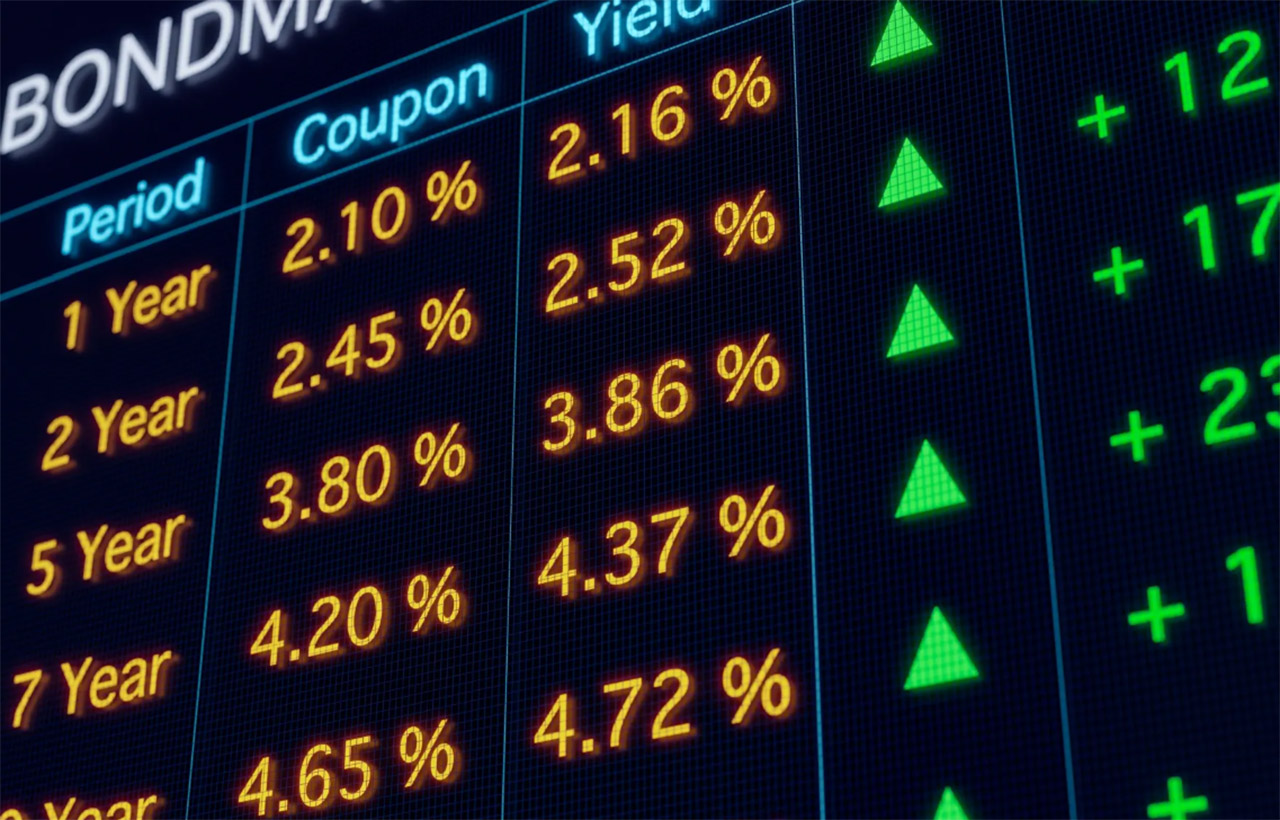What Monthly Retirement Cash Flow Should Look Like
Why retirement cash flow matters
Your retirement lifestyle rests on one thing, steady and sustainable retirement cash flow. Spend too fast and savings shrink. Spend too little and quality of life suffers. A clear plan gives you control, reduces anxiety, and helps you stay on track through good and bad markets.
Start with a simple goal. Cover essentials from secure income, then use drawdown for the rest. This approach supports predictable living costs while keeping your investments working for future needs. For basic budgeting, see our Cash Flow Calculator.
Defining retirement cash flow, income vs drawdown
Retirement cash flow comes from two sources.
- Income. Pensions, State benefits, dividends, bond coupons, property rent, and annuity payments. See Investing for Income for practical options.
- Drawdown. Planned withdrawals from your investment pot. This fills the gap between income and spending needs.
Most retirees blend both. Aim to cover core bills from income, then top up with drawdown. This keeps your retirement cash flow stable even when markets wobble.
The 4% rule and its limits
The 4% rule is a useful starting point. In year one, withdraw 4% of your portfolio, then increase that figure with inflation each year. Treat it as a guide, not a guarantee. Market returns vary. Health and care costs change. Tax rules and currencies shift for expats. Build in flexibility so your retirement cash flow adapts rather than breaks.
To learn about structures that can support income and flexibility, see International SIPPs, QNUPS, and Annuities.
Setting a target monthly retirement cash flow
Estimating living costs in retirement
List fixed and variable costs. Housing, food, utilities, transport, insurance, mobile, broadband, travel, hobbies, gifts, and one-off repairs. Add a line for irregular items, for example, a new car every seven to ten years. Total this by year, then divide by twelve to set a baseline retirement cash flow.
Inflation, tax, and health costs
Prices rise over time, and health spending often rises faster than general prices. Add a sensible buffer. Factor in tax on pension income and investment withdrawals. For a deeper budgeting walk-through, read our Guide to Increasing Cash Flow and our article on retirement plan options.
Sources of ongoing retirement cash flow
Pensions and State benefits
Pensions form the backbone of many plans, and State benefits can cover part of core spending. Check your forecast and rules well before your date. See GOV.UK’s guidance on the State Pension here, which is our required outbound link: What you will get.
If you are an expat, structures like QROPS and International SIPPs may help align cash flows across borders.
Investment income
Use diversified dividends, bonds, and income funds for steady retirement cash flow. Match yield to risk and focus on quality. Our page on Investing for Income explains how to build a balanced mix.
Property and rental cash flow
Rental income can support monthly spending if net of costs, taxes, and voids. Read our Real Estate Guide for due diligence steps and yield modelling.
Part-time work
Even one or two days a week can reduce drawdown and protect capital during weak markets. That can make your retirement cash flow more resilient.
Blended cash flow strategy
Build a three-tier plan for consistent retirement cash flow.
- Tier 1, secure income. Pensions, annuities, State benefits, and high grade bonds for core bills.
- Tier 2, market income. Quality dividends, diversified bond funds, and REITs for discretionary spend.
- Tier 3, flexible drawdown. Controlled withdrawals for travel, big purchases, or gifts.
This structure supports life today and keeps a margin for tomorrow. For portfolio build tips in choppy periods, see our blog on investing in volatile markets.
Managing sequence risk and cash buffers
Sequence risk is the hit you take if markets fall early in retirement. Protect yourself with a cash buffer that covers 6 to 24 months of core spending. Top it up in strong years, draw from it when markets drop. You can also stagger short duration bonds to refill that cash on a schedule. This smooths retirement cash flow without forced selling.
Adjusting cash flow in tough periods
If returns sink or inflation bites, cut non-essentials first. Pause big trips. Delay large gifts. Reduce withdrawals for a short spell. Rebalance into quality income assets while staying diversified. A small change early can protect long-term retirement cash flow.
Monitoring and rebalancing
Check spending against plan each month or quarter. Review your mix yearly. Redirect surplus returns to rebuild buffers. Trim risk if you drift from target. A calm, rules-based approach helps your retirement cash flow keep pace with your needs.
For structured reviews and modelling techniques, see Six Principles of Investing and Active and Passive Funds.
Tools and models you can use
Run scenarios with our Cash Flow Calculator. Test different withdrawal rates, inflation paths, and market returns. Pair this with our Expat Investment Solutions hub to align products with your plan.
Expat considerations for retirement cash flow
Living abroad adds currency and tax layers. Match income to spending currency when you can. Plan for tax in your country of residence and in the UK if relevant. Use structures that fit your location and goals, for example, QROPS or International SIPPs. For trade-offs between working longer and saving more, read Retire Rich or Retire Soon.
Case study 1, steady income first
James has £600,000 invested. He gets £1,400 a month from pensions and expects State Pension later. His core bills are £2,800 a month. He holds £20,000 in cash, and a short bond ladder of £30,000 that matures over 24 months.
Plan, cover £1,400 from pensions, £800 from dividends and bond income, and the last £600 from drawdown. Increase withdrawals only if the portfolio grows after inflation. This plan gives a £2,800 retirement cash flow that rises slowly with prices, with buffers to ride out weak markets.
Case study 2, property and phased drawdown
Emma has a £500,000 portfolio and a flat that nets £900 a month after costs. Her spending target is £3,200 a month. She gets £1,200 a month from pensions.
Plan, £1,200 pensions, £900 rent, £400 dividends and bond interest, and £700 drawdown. She keeps 12 months of spending in cash. In strong years she tops up cash to 18 months, then considers a small uplift to travel. When markets drop she pauses travel, lives off rent, pensions, and cash, and trims drawdown to protect capital. Her retirement cash flow stays close to target without big swings.
Common mistakes that damage retirement cash flow
- Guessing costs and missing health or care spending
- No inflation or tax allowance in the plan
- Relying only on capital drawdown with no income base
- No cash buffer, leading to selling at lows
- No periodic review or rebalancing
Fix these and your retirement cash flow becomes far more durable.
Conclusion and next steps
Monthly retirement cash flow should feel calm and predictable. Cover essentials from secure income, top up with drawdown, keep a cash buffer, review often, and keep costs sensible. Use our Cash Flow Calculator to test your plan. Explore income options in Investing for Income. If you want personal guidance, contact us here, Get in touch. You can also browse recent thinking on the Blog.
FAQs
How much monthly retirement cash flow should I aim for?
Start with your detailed budget, then add a buffer for inflation, tax, and health. Use income for essentials and drawdown for the rest. Model different outcomes in the Cash Flow Calculator. This helps you set a sensible retirement cash flow target.
Is an income-only retirement cash flow realistic?
It can be, if your portfolio and pensions are large enough and well diversified. Many people use a blended approach with controlled drawdown to keep retirement cash flow steady.
How often should I review my retirement cash flow plan?
Check spending monthly or quarterly, then review the whole plan yearly. Rebalance to maintain income quality and risk level. This keeps your retirement cash flow aligned with goals.
What is a safe withdrawal rate for retirement cash flow?
There is no single safe rate. Many start near 3 to 4 percent, then adjust based on markets, inflation, and personal goals. Flexibility is the key to a lasting retirement cash flow.
What if inflation spikes after I retire?
Use your cash buffer and income assets to cover essentials, then trim non-essential spending. Review pricing power in your portfolio and reset drawdown until conditions improve. This protects your retirement cash flow.






